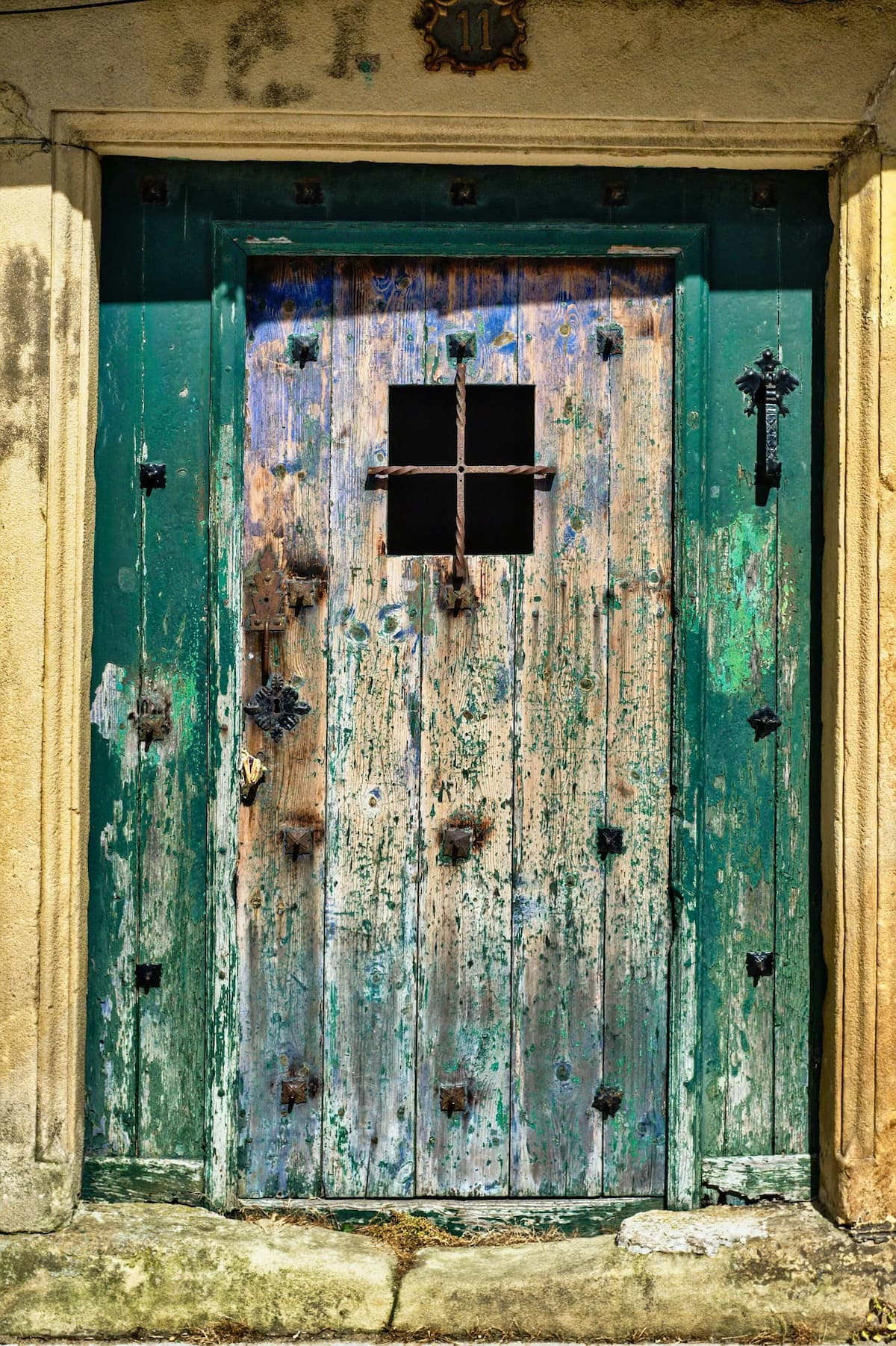Before your guests notice your carefully curated artwork or admire your statement lighting, they’ll interact with your door hardware. That first touch—the weight of a handle in their palm, the smoothness of its operation, the satisfying click of a well-engineered mechanism—sets expectations for everything that follows.
Yet door hardware (next to house numbers!) remains one of the most overlooked elements in residential design. We obsess over paint colours and furniture placement while relegating handles and hinges to afterthoughts, often defaulting to whatever the builder installed. This oversight represents a missed opportunity to elevate your home’s design narrative from the very first moment someone crosses your threshold.
The Tactile Introduction to Luxury
Quality door hardware engages multiple senses simultaneously. The visual impact of a beautifully proportioned handle draws the eye, but it’s the tactile experience that truly communicates luxury. A substantial brass lever that moves with buttery precision speaks of craftsmanship and attention to detail in ways that words cannot convey.
Consider the difference between a hollow, lightweight handle that flexes under pressure and a solid piece of architectural hardware that feels reassuringly substantial. The former suggests compromise and cost-cutting, while the latter implies thoughtful investment in quality throughout the home. Your guests form these impressions within seconds, often subconsciously, yet these judgments colour their entire experience of your space.
Beyond Function: Hardware as Jewelry for Architecture
The best door hardware functions as jewelry for your home’s architecture, adding finishing touches that reflect both personal style and design sophistication. Just as you wouldn’t pair a formal evening gown with casual accessories, your door hardware should complement and enhance your home’s overall aesthetic vision.
In contemporary minimalist interiors, sleek linear handles in brushed stainless steel or matte black can emphasise clean lines and geometric precision. Traditional homes might call for classic lever sets in aged brass or polished nickel, while transitional spaces offer opportunities to bridge styles with hardware that nods to both heritage and modernity.
The key lies in consistency and intentionality. Mixed metals can work beautifully when executed thoughtfully, but random hardware selections create visual chaos that undermines even the most carefully planned interior design scheme.
The Engineering Behind the Experience
Exceptional door hardware isn’t just about aesthetics—it’s about engineering that delivers consistent performance for decades. Quality manufacturers invest in precision machining, superior materials, and rigorous testing to ensure smooth operation even after thousands of uses.
Look for hardware with ball-bearing hinges that eliminate squeaks and binding. Seek out lever sets with substantial internal mechanisms that won’t loosen or fail over time. The difference between quality and economy hardware becomes apparent within months of installation, as lesser pieces begin to show wear, develop play in their mechanisms, or require frequent adjustment.
European manufacturers like FSB, Izé, and Valli & Valli have built reputations on this precision engineering, creating hardware that feels as smooth on the thousandth use as it did on the first. These investments pay dividends not just in longevity but in the daily pleasure of using well-designed objects.
Material Choices That Stand the Test of Time
The material you choose for door hardware affects both its appearance and performance over time. Solid brass develops a beautiful patina with age while maintaining structural integrity. Stainless steel offers contemporary appeal with virtually maintenance-free durability. Zinc alloy die-castings, while more affordable, may show wear more quickly and feel less substantial in use.
For high-traffic areas, consider materials that improve with age rather than simply endure it. Bronze develops rich depth over time, while quality brass transforms from bright newness to warm, lived-in beauty. These natural aging processes add character rather than indicating wear, creating hardware that becomes more beautiful with use.
Proportions Matter: Scaling Hardware to Architecture
One of the most common mistakes in hardware selection is choosing pieces that are incorrectly scaled for their application. Oversized handles on delicate internal doors appear clumsy, while undersized hardware on substantial entry doors looks meager and cheap.
As a general rule, door hardware should feel proportional to both the door itself and the human hand. Entry doors can accommodate more substantial hardware—both in scale and weight—while bedroom and bathroom doors typically work better with more refined proportions. The thickness of the door also affects appropriate hardware choices, with solid timber doors able to support heavier pieces than hollow-core alternatives.
The Investment Perspective
Quality door hardware represents one of the best value investments in home improvement. Unlike furniture or soft furnishings that may be updated with changing tastes, well-chosen architectural hardware can enhance your home for decades while providing daily satisfaction in use.
When evaluating hardware options, consider the cost per use over the life of the product. A $200 handle set used twice daily for twenty years costs less than three cents per use—remarkable value for something that contributes so significantly to your home’s functionality and aesthetic appeal.
Consistency Creates Cohesion
Throughout your home, hardware consistency helps create visual flow and design cohesion. This doesn’t mean every piece must be identical, but they should share a common design language or material palette. You might choose different scales for different applications—larger handles for main doors, smaller pieces for bedroom doors—while maintaining material and finish consistency.
Consider creating a hardware schedule during your design process, mapping out every handle, hinge, cabinet pull, and lock throughout your home. This systematic approach ensures nothing is overlooked and helps you achieve the kind of thoughtful consistency that characterises professionally designed spaces.
The Details That Define Excellence
The difference between good and exceptional door hardware often lies in seemingly minor details. The way a handle returns to horizontal after use. The precise fit between escutcheons and door surfaces. The smooth, silent operation of internal mechanisms. These refinements may seem subtle, but they accumulate to create an impression of quality that permeates your entire home.
Your door hardware sets the stage for every other design decision in your home. When chosen thoughtfully and executed well, it becomes an invisible foundation that elevates everything else. When neglected or poorly selected, it can undermine even the most sophisticated interior design.
The next time you enter a space that feels particularly luxurious or well-designed, pay attention to the first thing you touch. Chances are, the door hardware played a larger role in that positive impression than you initially realised. In the art of creating exceptional homes, every detail matters—and it all begins with the handle.

